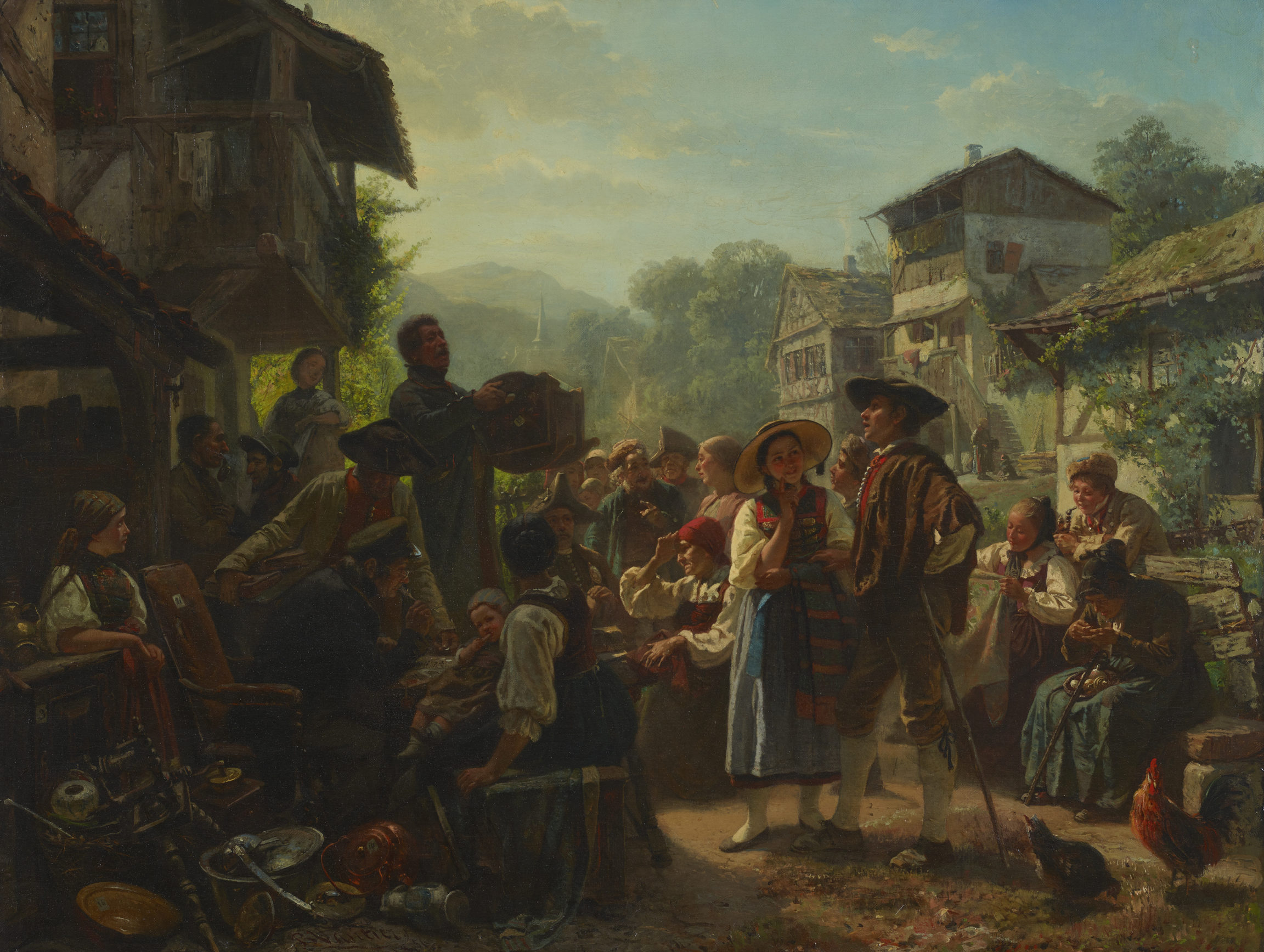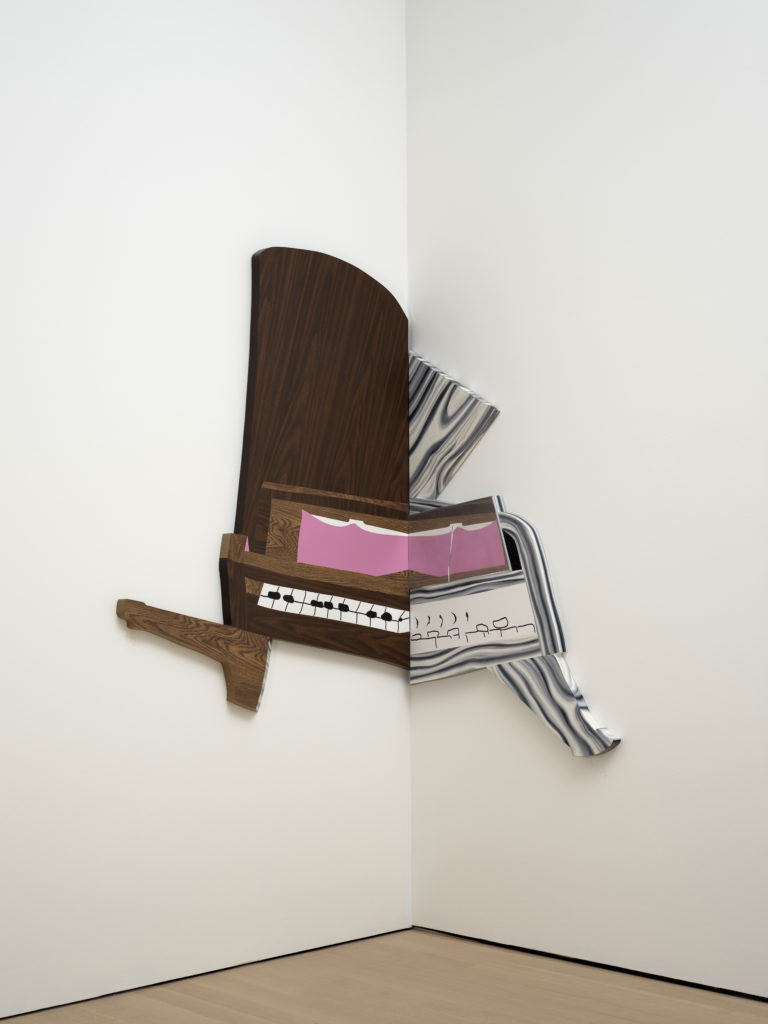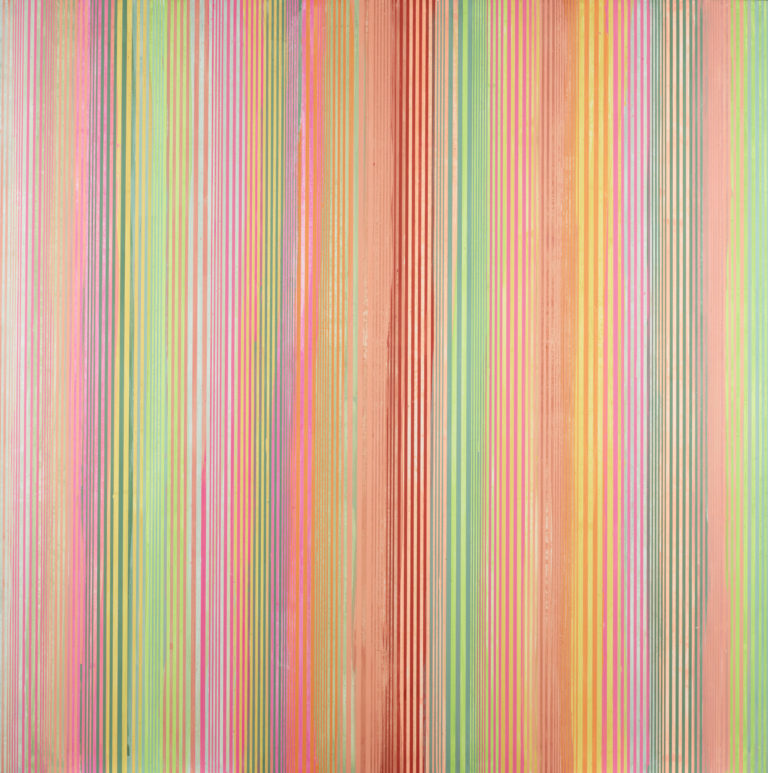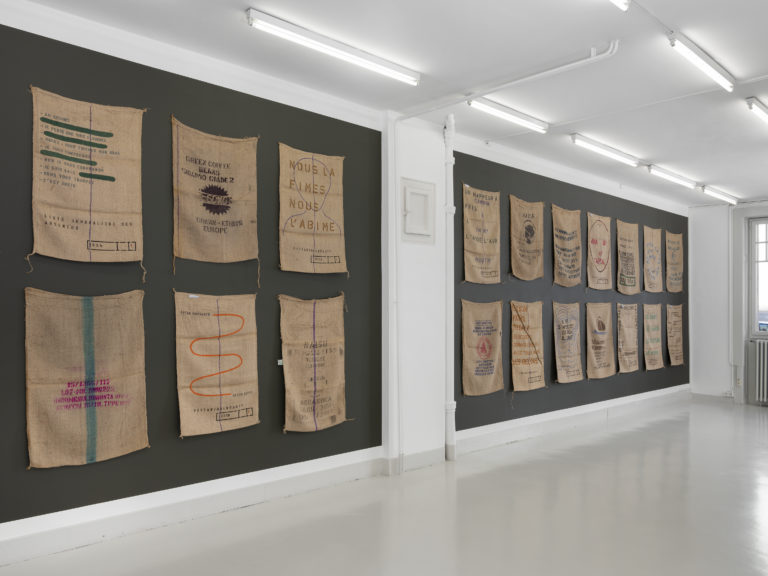Bibliography
Jacques Longchamp, Marc Louis Benjamin Vautier (dit l’Ancien). Une monographie, Geneva, Slatkine, 2015: n. 82.
Elizabeth Fischer and Catherine Lepdor (eds.), Modes et tableaux: œuvres de la collection et costumes de 1700 aux années folles, Les Cahiers du Musée des Beaux-Arts de Lausanne n. 10, 2000: n. 79.




The shift from a predominantly rural to an industrial society from the 1830s on led to the emergence of an ethnographic school of painting whose aim was both to document countryside traditions on the verge of dying out and to build a sense of national identity. Such scenes of Swiss rural life share features of both Realism and Romanticism. They borrow from seventeenth-century Dutch genre painting and illustrated collections of folk costumes that played a key role in establishing ethnic and social categories from the Renaissance on.
The Vaud-born artist Marc Louis Benjamin Vautier travelled to Düsseldorf in 1850, where he joined the studio of the well-known genre painter Rudolf Jordan. Jordan gave classes on rural life and folk poetry and tales every Monday. In 1853, Vautier set out on a research trip to the Black Forest, central Switzerland, and the Bernese Oberland. In 1856, the year this work was completed, he travelled throughout Switzerland again, making traditional folk scenes his speciality. Alongside his studies from nature, he collected traditional costumes for his models to wear in his studio.
This auction scene, painted early in Vautier’s career, has a certain clumsiness in the handling of the setting, which looks rather like a stage set designed to foreground the characters in their traditional garb. The painterly rhetoric is somewhat reactionary, with no hint of social criticism. To the left and in the shadows – two elements suggesting a negative connotation – are the family of peasants forced into bankruptcy, their worldly goods thrown into the street, where cooking pots lie jumbled with old clothes. In the centre, the bailiff and the gendarme represent the law. To the right, in a bright ray of sunlight, a young couple are shown looking closely at a crib that symbolises the future. A second identical version of the work is held by the Dr. Axe-Stiftung Bonn / Kronenburg Eifel.